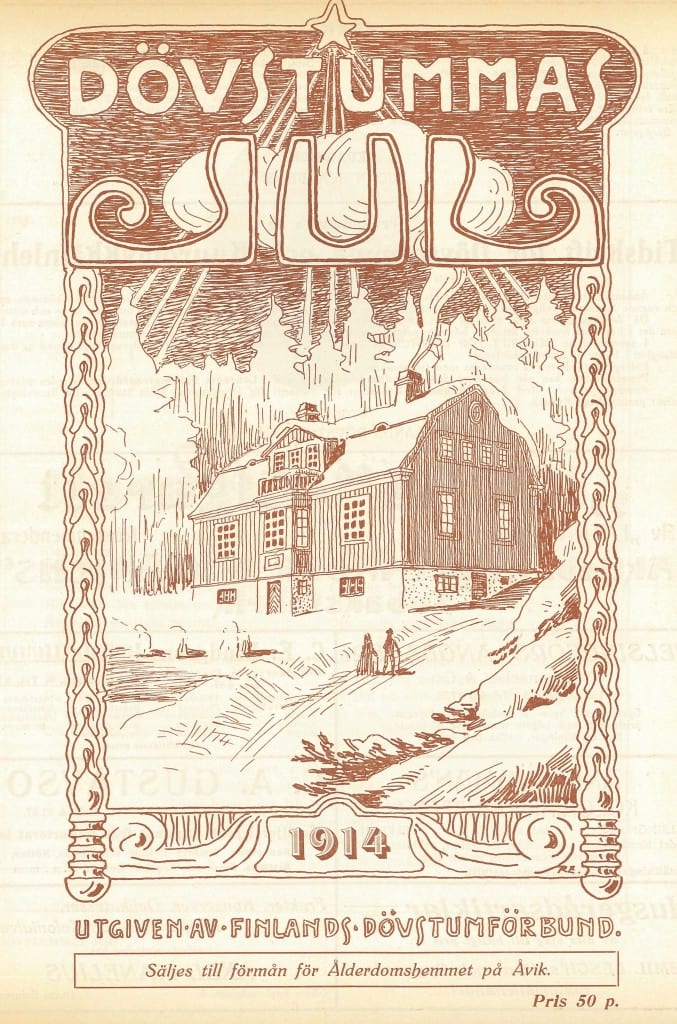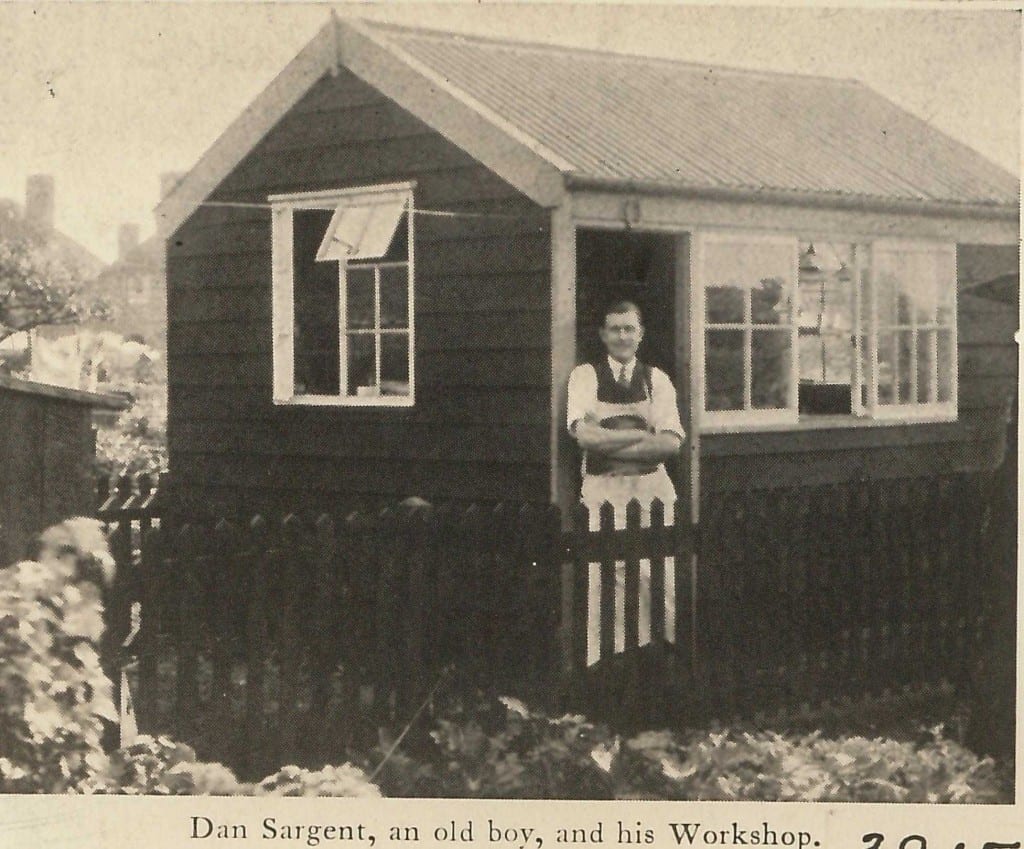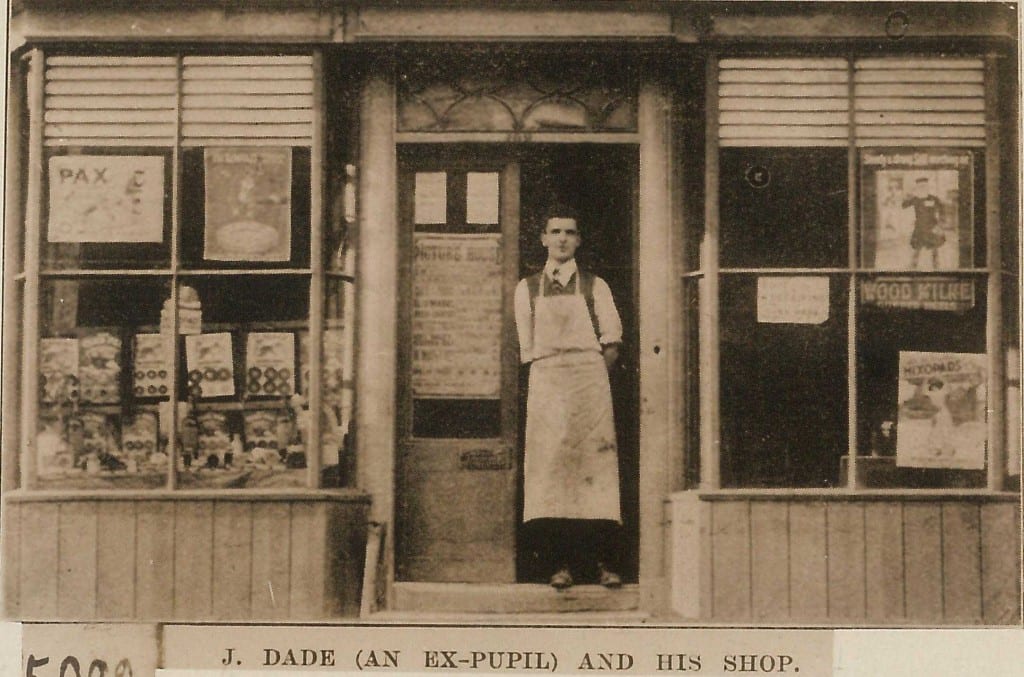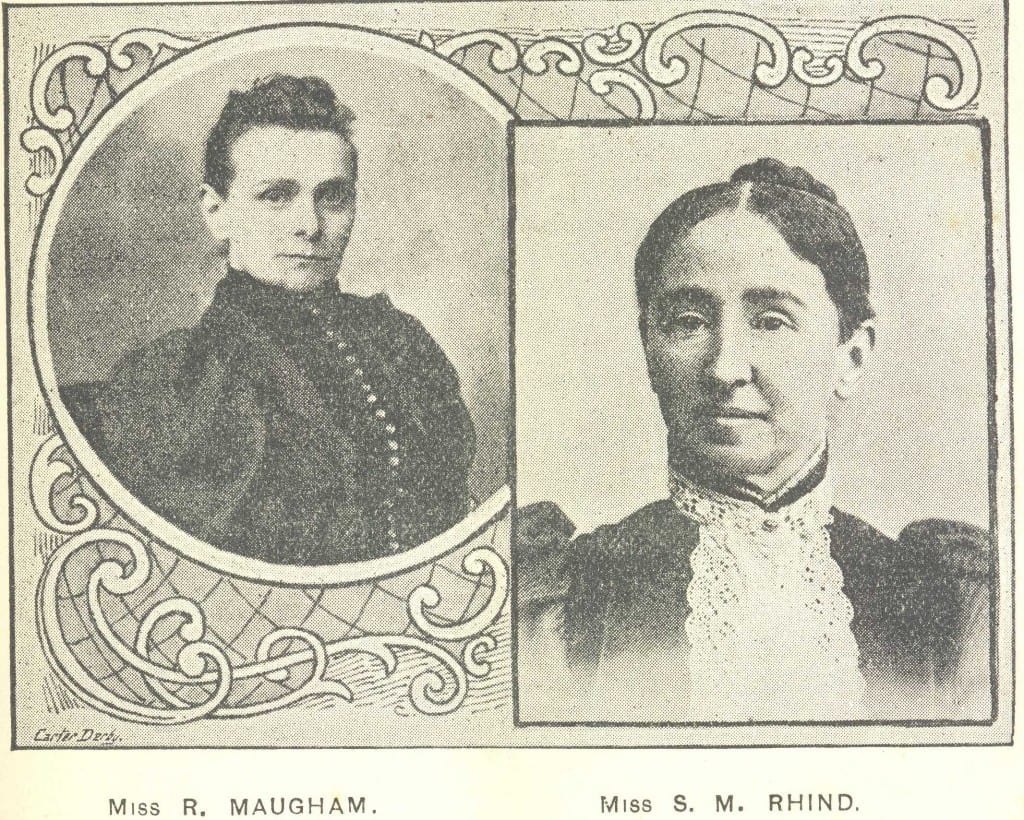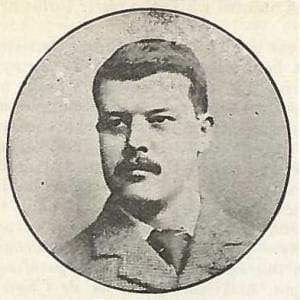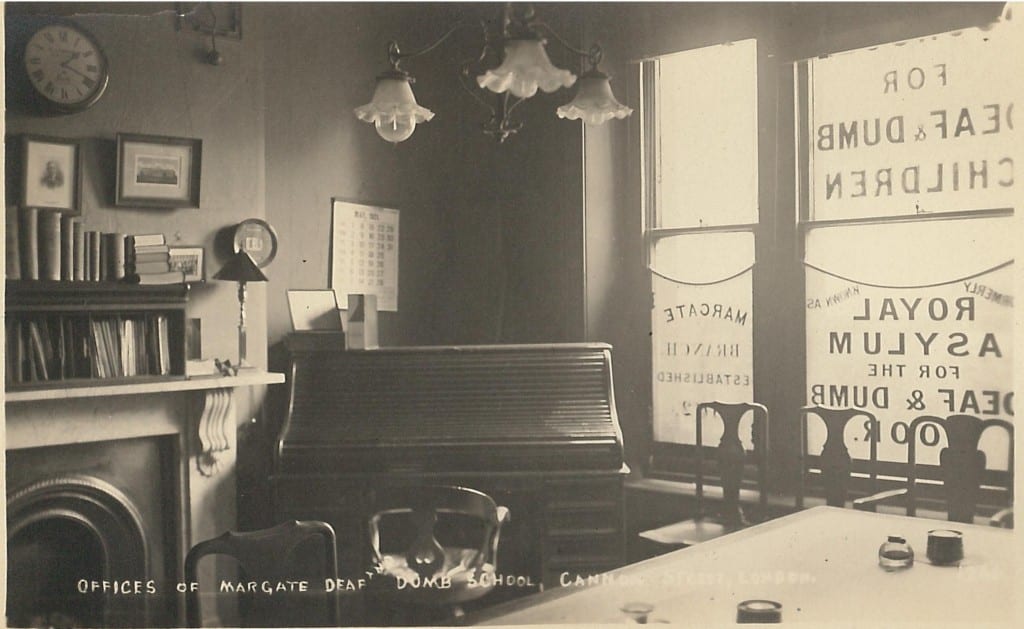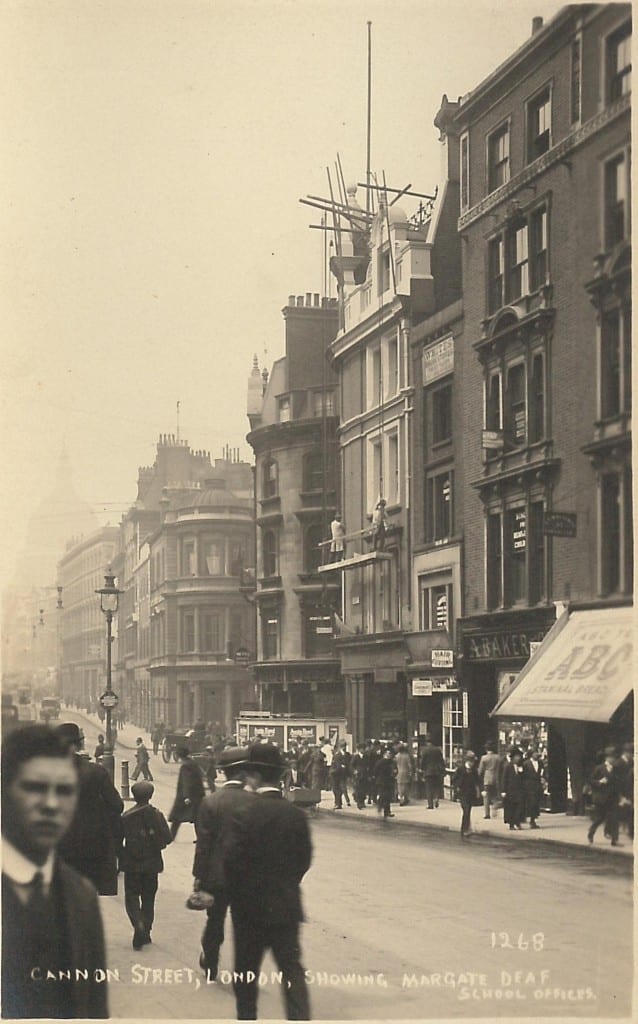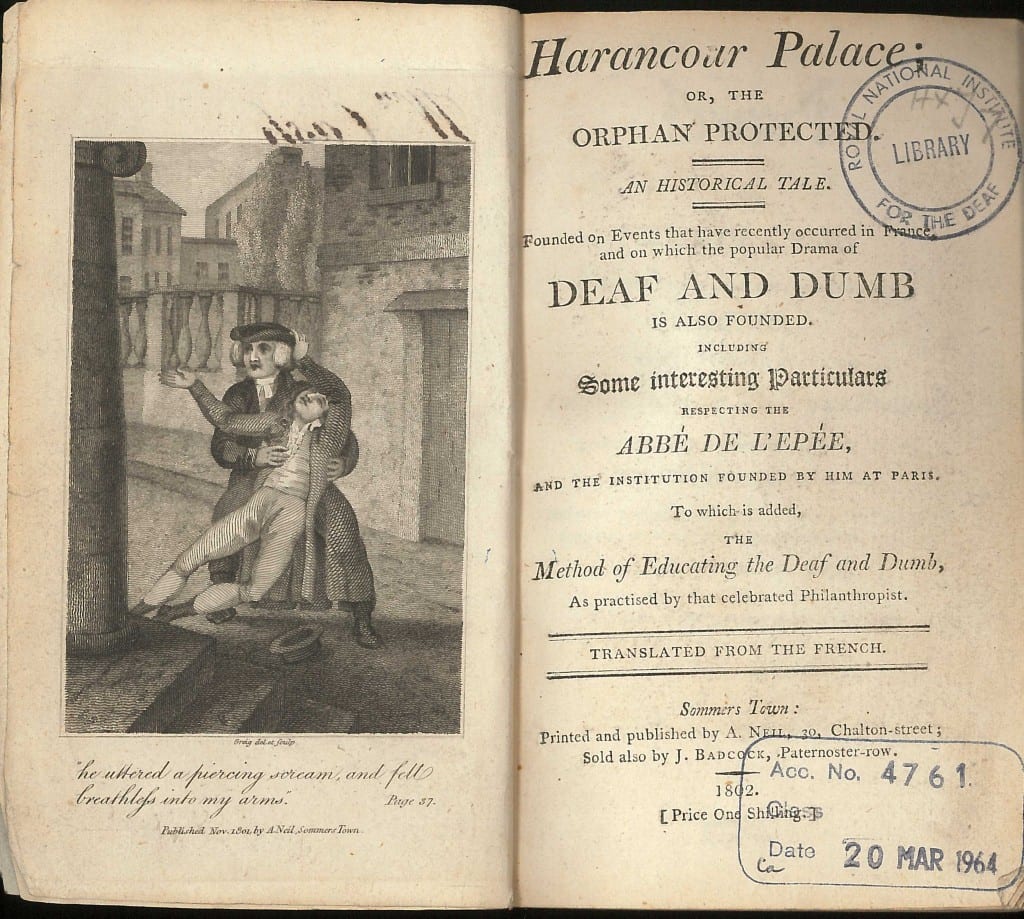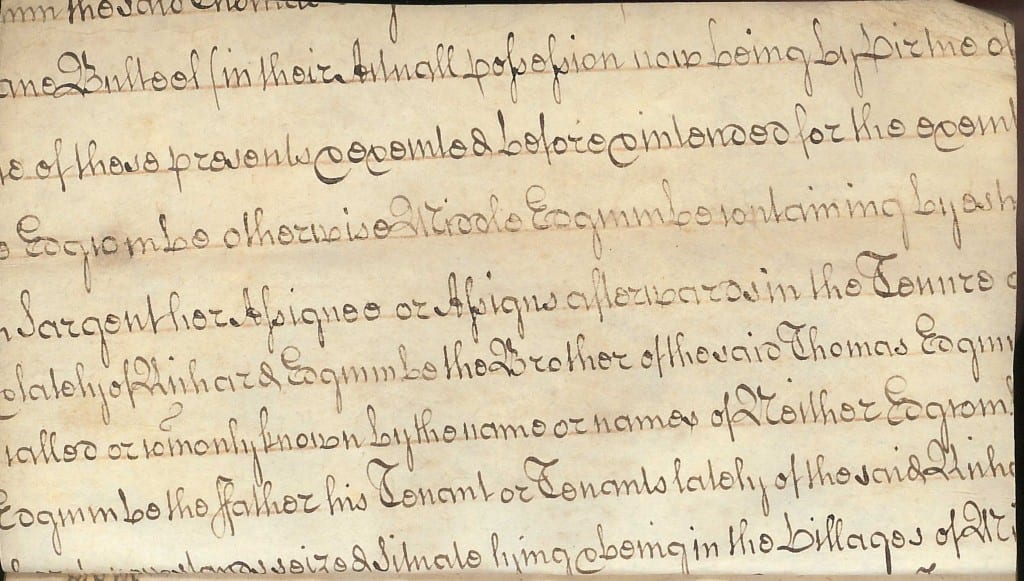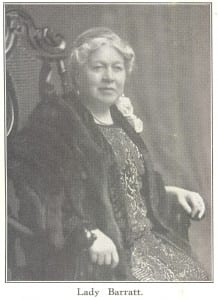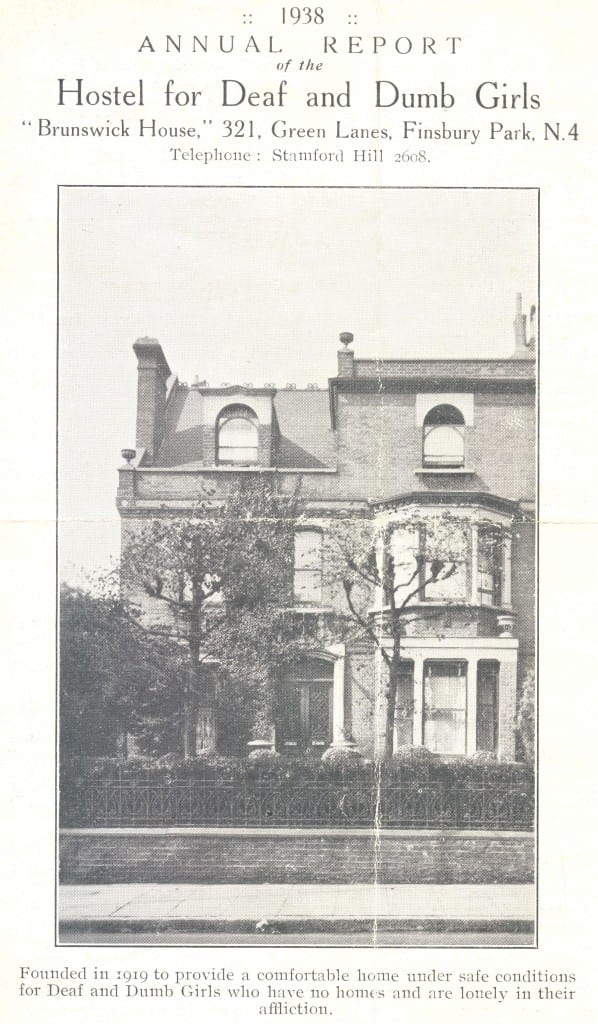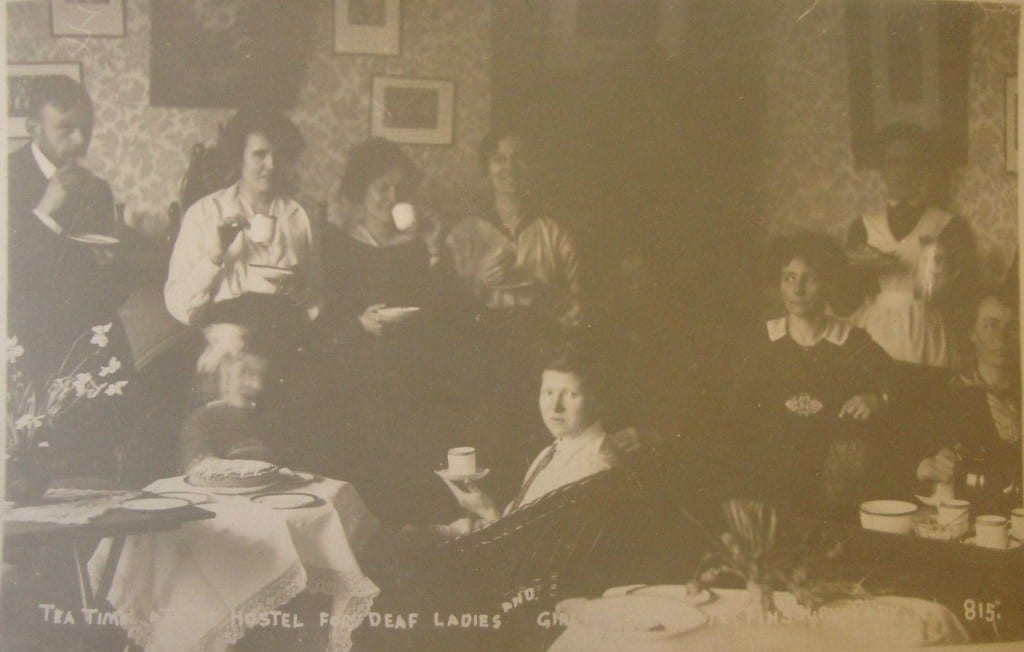The Salmon family ran a tea and coffee merchant business in Reading in the 19th century. Joseph Smith Salmon was born in Reading in 1846, son of Joseph Smith senior, who had expanded into the tea trade from his grocer’s business. Joseph junior married Emmeline Foulger Tubbs in Stockport in 1878 (see Free BMD, Marriages Mar 1878 Stockport 8a 130). In neither the 1851 census when 5, nor the 1861 census when he was 15, was he described as deaf, however the article on him in Ephphatha from 1896 says that his hearing loss was from Scarlet Fever aged 8 (1854)*. In the 1871 census he is described as ‘Deaf and dumb from scarlet fever’. He was described as ‘Deaf and partially dumb’ in the 1881 census. He had been a pupil at the Old Kent Road Asylum from February 1857 until Midsummer 1860 according to school records (information via ), which is how he would have known Dr. Elliott (see below).
The Rev. Gilby tells of a visit to Reading, where Salmon was starting a mission in the 1880s.
“Joe Salmon” was a devoted follower of Matthew R. Burns, and I received an invitation to go to a tea-party of his to interpret the speeches. I accepted, and on Friday, 18th January, 1885, Mr. J. P. Gloyn, our North London Missionary, and myself went down to Reading from Paddington in the morning, saw the lions of the place together, and went to 11, Abbot’s Walk, where the Salmons then lived. Here we met Mr. Richard Elliott, of the Margate School, Mr. J. Barber, of Brondesbury (who took private oral pupils: a man of sincere religious fervour whom we all respected), Mr. A. Pine Lilly, a deaf printer from London, whom I afterwards came to know very well indeed.

[…]
We were all taken to Mr. Salmon’s tea-party in carriages – to the Victoria Hall in King’s Road. Immense pains had been taken to ensure the success of the occasion : beef, ham, rabbit-pies, plum-pudding, trifle, crackers – all these things figured on the menu. There were only about forty Deaf, but there were 170 of their friends; and more came after tea. A Rev. – Tubbs (uncle of J. Salmon) said grace, and speeches were made, with Mr. Tubbs in the the chair. Mr. Ernest Abraham, now in Australia, turned up, and a magic-lantern show was given, which my diary describes as “childish”.** Prizes were distributed to the Deaf grown ups for attendance, as if they were children; and Mr. G. Palmer, M.P., who came in late, said a word or two. Mr. B.H. Payne, of Swansea, also came late, and, like myself, slept at the Lodge Hotel at Mr. Salmon’s expense. In later years I attended similar parties, and remember meeting Dr. Stainer and Dr. Buxton at one of them, as guests of the Salmons when they had moved elsewhere in Reading.
 Joseph died on August the 12th 1896, aged only 50.
Joseph died on August the 12th 1896, aged only 50.
The obituary in British Deaf Mute tells of the discovery of his body and the inquest at the Roebuck Hotel;
For some time Mr. Salmon had been suffering from insomnia, following upon an attack of influenza. He left home on Wednesday, August 12th, without leaving any message as to where he was going. As he did not return, inquiries were made by his friends, and advertisements inserted in the local papers […]. Nothing, however, was heard of his whereabouts until Sunday evening, August 16th, when a man named Oliver Collins found the body of the deceased in the river near Tilehurst Station, Reading […]
It was evident that the deceased had been in the water from Wednesday til the Sunday. The Jury returned a verdict of “Suicide by drowning during temporary insanity.”
Gilby says,
He had long suffered terribly from noises in the head and polypi, and we were not very much surprised when it happened. He had called on us at St. Saviour’s about a fortnight before, in the company of his father, and hinted at it in the course of conversation. But as he was in the charge of his father we could only rally him cheerily and bid him dismiss such ideas from his head. His body was found in the Thames at Pangbourne in an up-right position, and his watch indicated the hour of the occurrence of the tragedy. He was a kind, but excitable man, and we felt great affection for him.
His son, Joseph Harold Salmon would have then been 18, and he had three daughters, Katherine, Gladys, and another daughter born in 1893, Doria Notcutt Salmon. One child died young.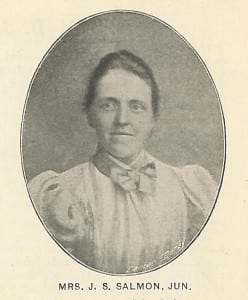
His father, Joseph senior was involved in an Old Bailey court case when he was younger, which explains the ‘Smith’ in his name – see here. Joseph Smith Salmon senior died aged 86 in 1907, and writing some thirty years later Gilby said that “Salmon’s Reading Teas were then well-known and liked but since Joe Salmon’s death little has been heard of them.” I wonder when the business finally folded, but suspect it was in 1907, as Joseph Harold was working for the Inland Revenue in 1911, living with his mother and youngest sister in West Norwood.
It is very poignant that Gilby called him in Ephphatha, “One of the jolliest of men”, only months before his death (p.63).

*Curiously, though not unusually, for these details depended on who wrote the details down and whether someone chose to reveal information, he was not described as deaf in the 1891 census, when he was living at 46 Eastons Avenue, Reading.
**Gilby cannot resist a swipe at Abraham – see a previous post on Gilby.
UPDATED 8/12/14 to reflect the Ephphatha article for which many thanks to
The Late Jos. Salmon, Junr, The British Deaf Mute, 1896, p.285
Free BMD
1851 Census, HO107; Piece: 1692; Folio: 392; Page: 27
1861 Census, RG 9; Piece: 746; Folio: 75; Page: 20
1871 Census, RG10; Piece: 1281; Folio: 98; Page: 2
1881 Census, RG11; Piece: 1305; Folio: 120; Page: 25
1891 Census, RG12; Piece: 998; Folio: 97; Page: 16
1911 Census, RG14; Piece: 2125
Gilby’s unpublished memoirs
Our Portrait Gallery, No.5, Ephphatha, April 1896, p.62-3
 Close
Close


